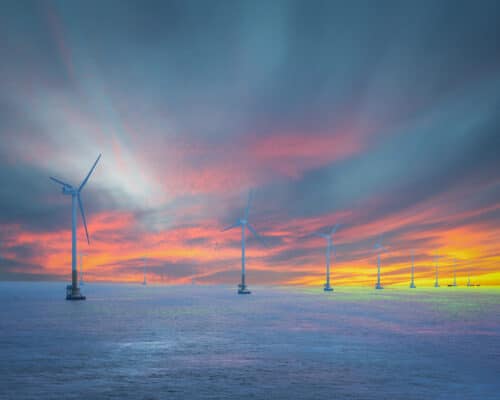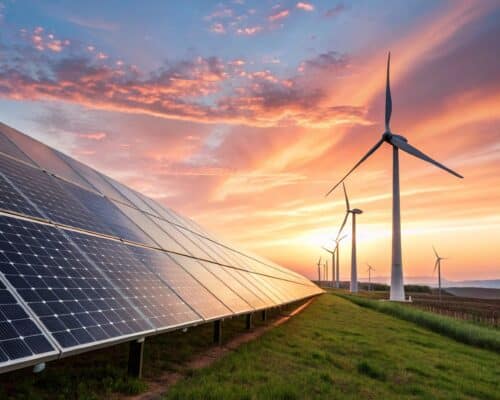Articles

Japan’s Seventh Strategic Energy Plan Is Both Unambitious and a Fantasy
Japan's seventh Strategic Energy Plan, finalised on Feb. 18, 2025, targets 40-50% renewable energy and 20% nuclear power by 2040 but faces criticism for being overly optimistic. Experts warn that without major policy reforms, Japan may continue relying on fossil fuels, highlighting the need for greater transparency and diverse input in energy planning.

How Does Solar Energy Work: A Guide
Solar energy is the fastest-growing form of energy generation technology. It is desirable because it relies on the sun's radiation, a predictable and infinite energy source. Furthermore, infrastructure costs are rapidly declining, efficiency is improving and widespread demand for renewable energy adoption is increasing.
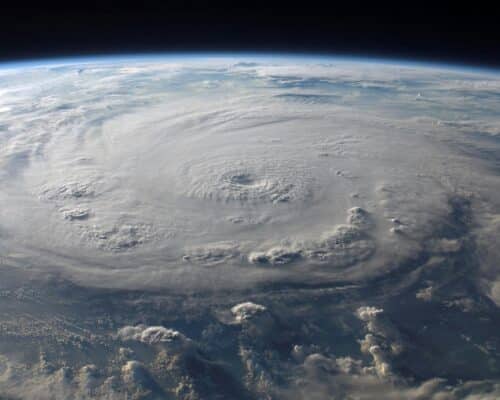
IPCC’s 62nd Session in China Fails to Agree on Deadline For Next Climate Reports, Scientists Concerned
Despite the prolonged discussions, delegates couldn’t agree on the timeline for the AR7 reports’ delivery for the third time in a row. The efforts of a group of countries to slow progress at the IPCC-62 down succeeded, creating uncertainty whether the reports would be produced in time to inform the second Global Stocktake.
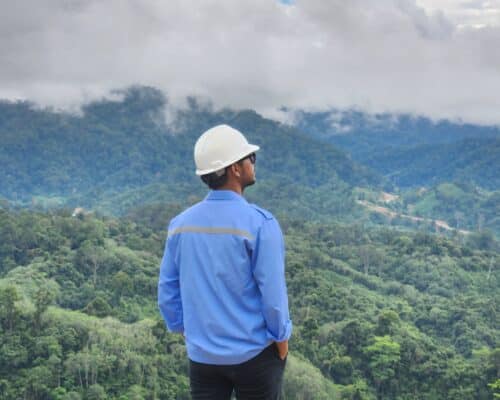
Inter-ministerial Collaboration Essential in Actualising Indonesia’s Green Jobs Potential [Op-Ed]
The transition from fossil fuels to renewable energy presents a significant opportunity for Indonesia to create green jobs, with estimates suggesting the potential for approximately 1.12 million new engineering roles by 2050. However, a lack of integration between energy transition policies, labour market development and inadequate training resources poses challenges.
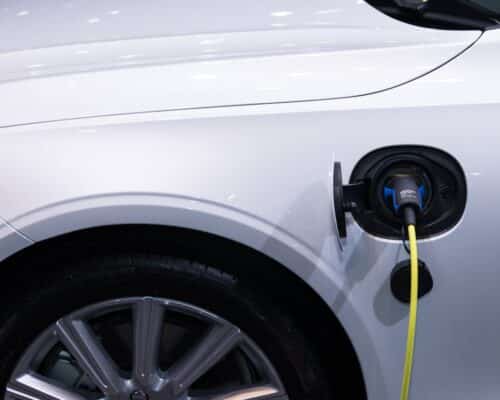
China GDP Breakdown: Clean Technology Sectors Driving Economic Growth
China’s GDP growth is increasingly driven by the clean energy sector, reflecting the country’s shift...
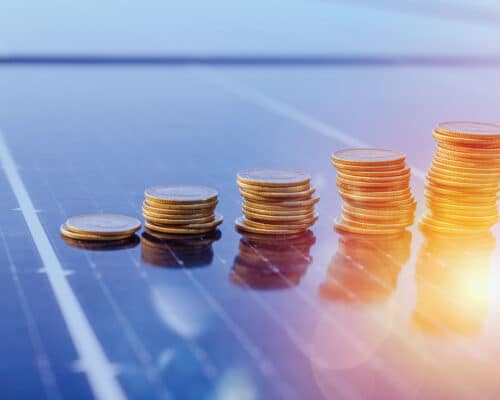
Solar Renewable Energy Credits and the Energy Transition
Solar renewable energy credits provide a monetary value to the environmental benefits of solar energy. This allows developers to sell these credits, providing them with a revenue stream and giving companies a way to purchase the benefits of solar power to offset their fossil fuel-based energy use.
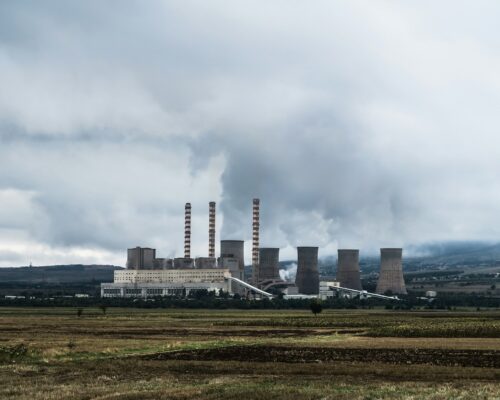
Captive Coal Threatens Indonesia’s Peak Emissions by 2030
Ember's latest research reveals that Indonesia’s captive coal expansion plans risk distancing the country from its ambitious decarbonisation goals. The analysts warn they could also lead to increased electricity costs and adverse health impacts.
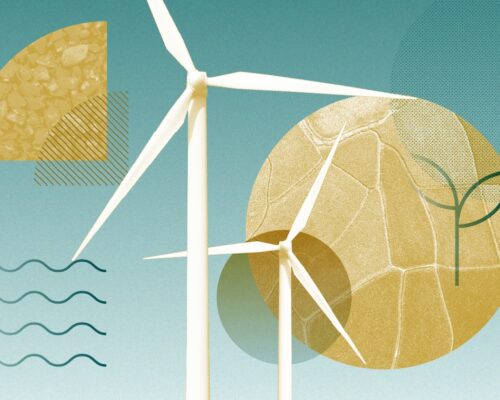
Renewable Energy Credits (RECs): How Do they Work?
Renewable energy credits are a tradeable instrument representing the environmental benefits of 1 MWh of renewable energy. They provide a way for companies to source and pay for renewable energy while giving another financial incentive for energy developers. This interplay facilitates the adoption and development of renewable energy projects.
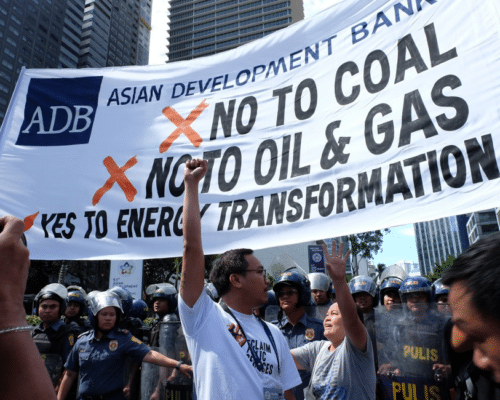
MDBs’ Love for Fossil Fuel Leaves Asian Nations Floundering
Multilateral Development Banks (MDBs) face criticism for financing fossil fuel projects that undermine climate goals. In Bangladesh, the Asian Infrastructure Investment Bank (AIIB) invested $600 million in energy without supporting renewables, enabling coal and gas expansions that displaced communities. Similarly, the Asian Development Bank (ADB) focused on fossil fuels, worsening energy poverty despite claims of improving electricity access. This profit-driven approach exacerbates environmental degradation and social inequality in vulnerable nations.

Captive Coal Power Plants Holding Back Indonesia’s Energy Transition [Op-Ed]
Despite Indonesia's goal to add 75 gigawatts of renewable energy by 2039, the country is paradoxically increasing its captive coal-fired power plants, largely due to the nickel industry. This trend undermines efforts to reduce greenhouse gas emissions, potentially escalating pollution by 2030. While neighbours like Australia, India, and China advance in renewable energy, Indonesia's coal dependency highlights the urgent need for stronger policies and a commitment to phasing out coal power.
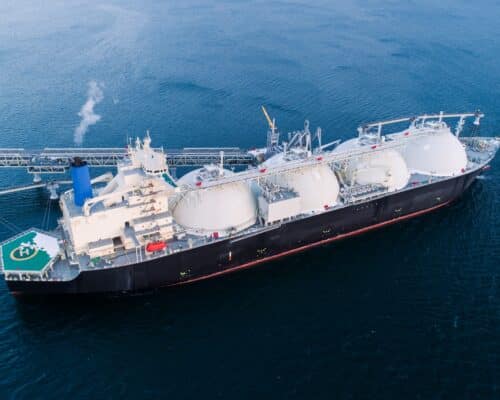
Is LNG Bad for the Environment? Panel Experts Say Yes
Portfolio players are building a wave of new LNG carriers at a record pace to keep up with LNG production. Many of these carriers are being built with unregulated capital and have no or weak environmental regulations. This will create more greenhouse gas emissions and lock in more fossil fuel usage for decades.
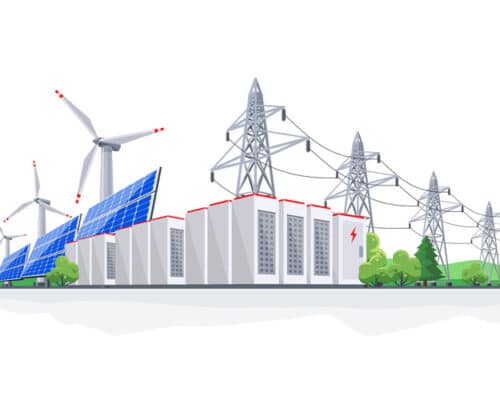
Is Renewable Energy Cheaper Than Fossil Fuels?
Unsubsidised renewable energy is cheaper than fossil fuels in many markets. This has been driven by rapidly declining installation and technology costs and low ongoing operational expenses. This will continue to fall in the future and increase the popularity of renewables.

Cambodia’s LNG Plans Face Energy Security and Cost Issues [Op-Ed]
Christopher Doleman and Sam Reynold from the Institute for Energy Economics and Financial Analysis (IEEFA) share their views on Cambodia's risky LNG plans.
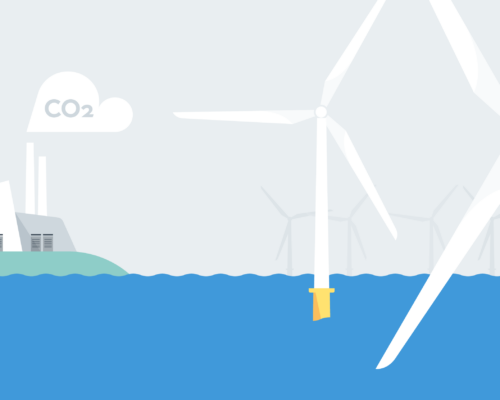
Wind Energy vs Fossil Fuels: Cost, Efficiency, and Market Trends
Wind energy is a crucial technology in regional energy transition plans. It provides a low-carbon and financially viable renewable option for many regions, and trends show that wind energy capacity will continue to grow in the coming decades.
Most Popular
Most Popular
Categories
-
10
-
34
-
126
-
4
-
17
-
46
-
52
-
11
-
10
-
15
-
24
-
6
-
1
-
5
-
6
-
279
-
199
-
17
-
24
-
1
-
1
-
23
-
41
-
44
-
87
-
18
-
86
-
41
-
17
-
11
-
43
-
51
-
86
-
293
-
22
-
44
-
36
-
10
-
42
-
36


